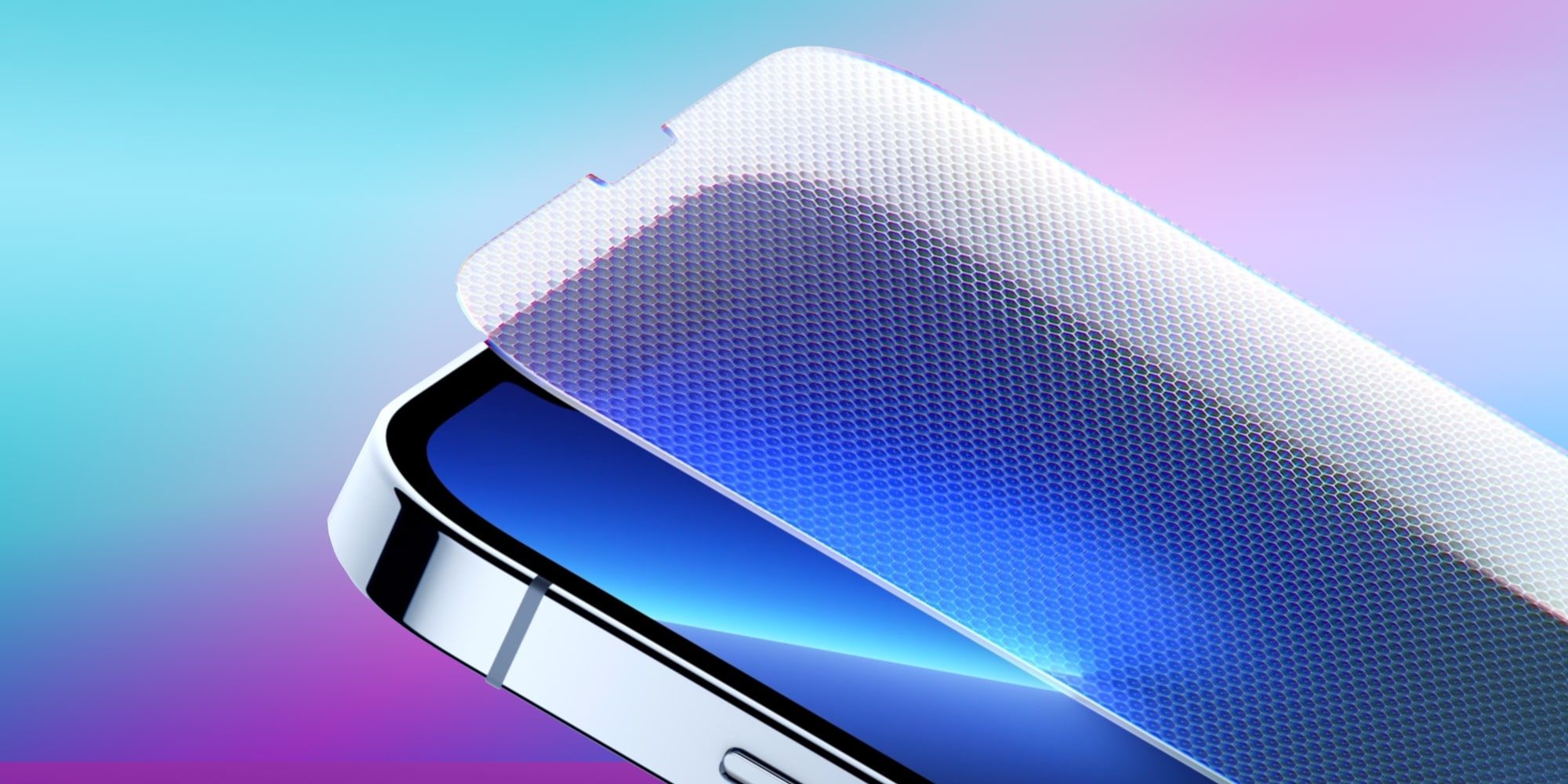The iPhone screen size has grown significantly in recent years, and current models might be eclipsed if Apple manufactures an all-screen iPhone that's revealed in a recent patent win. While this would be an impressive design and give the device a very futuristic look, it's hard to imagine how a wrap-around display that covers both sides and the edges would be useful.
Apple's very first iPhone started with what seemed like a large touchscreen in 2007, which measured 3.5 inches diagonally. Over the years, the iPhone grew in popularity and size, with the display getting proportionally larger. The most limiting factor for larger screens was the physical home button that appeared at the bottom of the display, such as that of the current iPhone SE or standard iPad. With the launch of the iPhone X in 2017, Apple removed the home button, and the screen was able to extend right up to the edge with a bit of bezel.
Apple was recently granted a patent for a futuristic iPhone that might be enclosed entirely in glass with the display covering the front, back and even the edges. Android manufacturers have been curving displays around the edges for years but never wrapping entirely around the entire device. Apple's patent is not limited to just the iPhone, mentioning tablets, wearables, and other electronic devices. So an all-glass Apple Watch with a display that curves around the edges, an iPad that's all-screen, and a Mac Pro computer with a curved glass enclosure are all possible.
Apple's All-Screen iPhone Explained
While the iPhone 13 uses tough Ceramic Shield glass on the front, the recent Apple patent details many different ways to construct an enclosure completely made of glass. This includes using an end cap, melding together a curved front and back piece with toothed edges, and even shaping and folding glass like a cardboard box. Apple notes that the glass may appear and feel seamless. Any imperfection might be a source of weakness, so a perfect seam would probably be necessary for both durability and beauty. Manufacturing an iPhone, Apple Watch, iPad or Mac with an enclosure that's entirely made of glass might dramatically increase the difficulty of assembly, so there would need to be a huge benefit for this design to ever come to market.
One questionable benefit Apple describes is eliminating the need to orient the phone before use since front and back might offer the same functionality. With a sufficiently advanced hand detection, Apple would have the option of using every surface to convey information and accept input from the user, a unique opportunity to rethink the smartphone interface. A screen saver on the back while viewing the front would be incredibly eye-catching. A truly all-screen iPhone would no doubt have a stunning appearance. However, it's much more likely that Apple's AR glasses will arrive first, eliminating the need for a show-stopping iPhone that might spend most of its life in a pocket.
Source: USPTO


